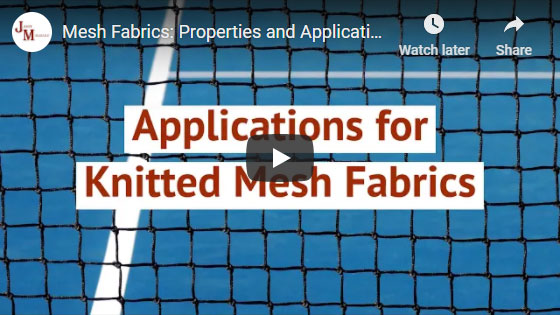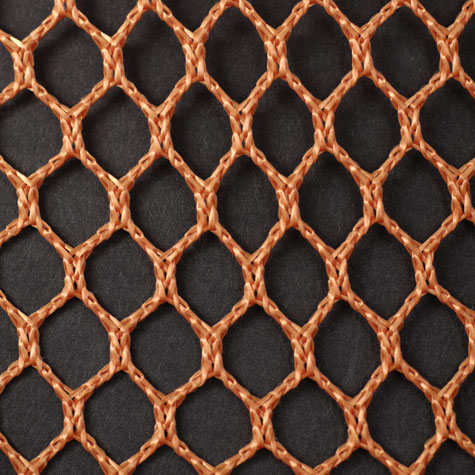Mesh Fabrics: Knitting and Finishing Nylon and Polyester Mesh and Netting
Leave a CommentKnit mesh fabrics are materials comprised of evenly spaced openings that create a breathable effect in the textile. Mesh fabrics offer a versatile solution for a broad variety of industrial, commercial, and recreational applications.
Jason Mills specializes in the design and fabrication of knit mesh fabrics for all types of industries, including materials for general industrial applications, recreational, occupational safety, aeronautical, automotive, marine, healthcare. We have more than 100 existing stock mesh fabrics to choose from, and we create new mesh fabric solutions to address unique needs.
Ready to get started? Contact our team with questions!
While all mesh fabrics share the same basic principle of an open-hole structure, there are multiple varieties in the market. Variations can include weight, width, color, finish and fiber content.
Two of the most common fibers/yarns used in the manufacturing of knit-mesh fabrics are nylon and polyester. These fibers and yarns have significant overlap, so it can often be difficult to determine which is most suitable for a specific case. Examining the properties of these materials can help designers determine the appropriate option for their application.
Mesh Fabric Properties
Nylon and polyester are both viable options for knitting mesh fabrics, and each is used to produce knitted mesh solutions for many different purposes. As synthetic fibers, nylon and polyester share several similar beneficial properties such as:
- Durability
- Lightweight
- Easy to clean
- Resistance to mildew
- Tear resistance
Nylon vs. Polyester Mesh
While nylon and polyester share some traits, they are created in different ways:
- Nylons are formed by extracting carbon-based molecules from organically formed resources such as petroleum or coal. These are combined into a larger polymer molecule using heat, resulting in a polyamide. The family of polyamides created in this way is known collectively as nylon.
- Polyester is one of the most commonly used plastics. It is made by facilitating a chemical reaction between alcohol, a petroleum by-product, and carboxyl acid in a vacuum. This creates a polymer that can be stretched and made into fabrics.
When knitted into mesh fabrics, advantages include:
- Nylon. Nylon mesh fabrics are used for applications that require versatility, durability, and strength. The innate chemical properties of this polyamide make its fibers resistant to wear from bending or stretching. Nylon has a smoother, softer feel than polyester, making it ideal for applications where comfort or aesthetics are essential. Both materials stretch, but the elastic properties of nylon are greater than those of polyester. Nylon is also hydrophilic, which means that it absorbs water. View all Nylon Mesh materials >>
- Polyester. Polyester mesh fabrics can be more easily dyed because they are hydrophobic—they repel water. As such, the material absorbs the pigments in the dye while expelling the water. This property also means polyester dries faster than nylon, making it ideal for marine environments. Polyester is also more naturally flame resistant than nylon, and also features a higher resistance to UV degradation. View all Polyester Mesh materials >>
Applications for Knitted Mesh Fabrics
Mesh fabrics are used broadly for varying purposes. The following industries rely on mesh fabrics:
Recreation
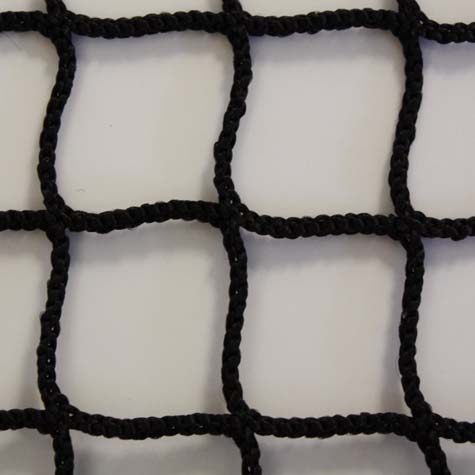
- Golf simulator/impact screens and nets
- Aquaculture
- Tents and camping supplies
- Pool/spa nets and filters
- Protective sports netting (baseball, hockey, lacrosse, golf)
Occupational Safety
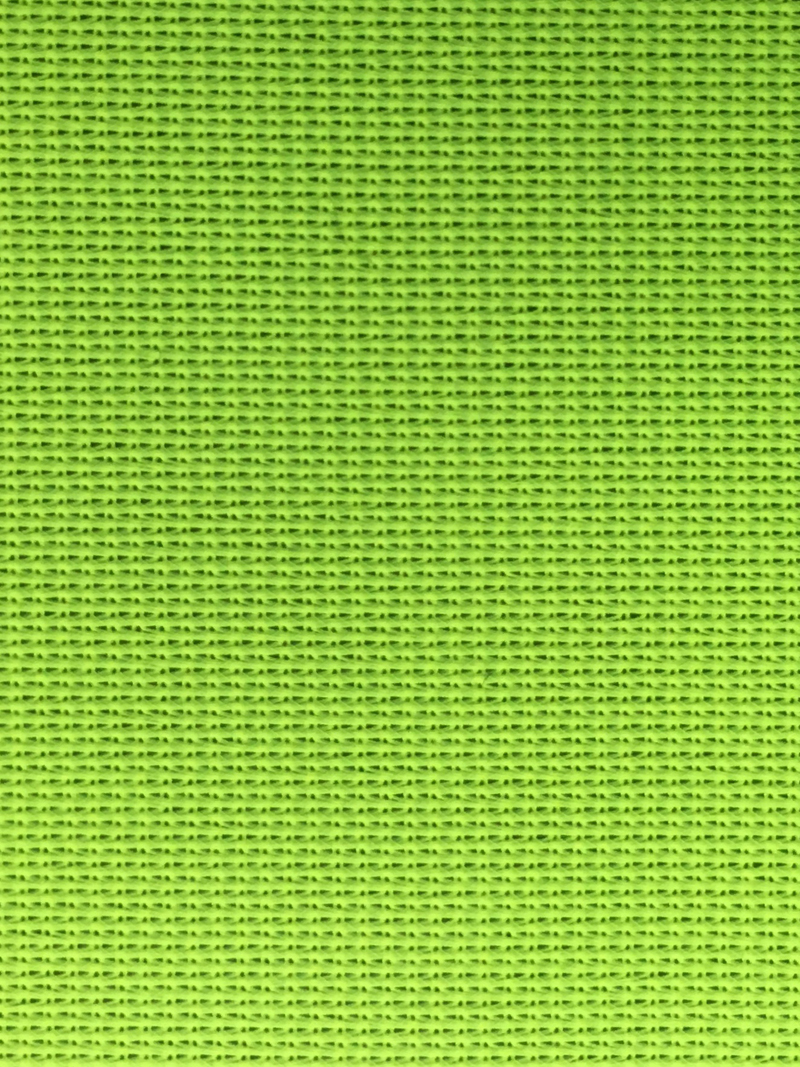
- Safety flags
- High-visibility safety vests
- Cut-resistant safety garments
Aeronautics, Automotive, Marine
Air, land, and water vehicles all rely on mesh fabrics for a range of purposes. Many of these applications require a material that can resist moisture, heat, sunlight, salt, or chemicals. Polyester and nylon mesh fabrics are found in equipment such as:
- Seat-mounted literature pockets
- Seat support/substrates
- Safety harnesses
- Cargo nets
- Tarps
- Aviation curtains
Healthcare
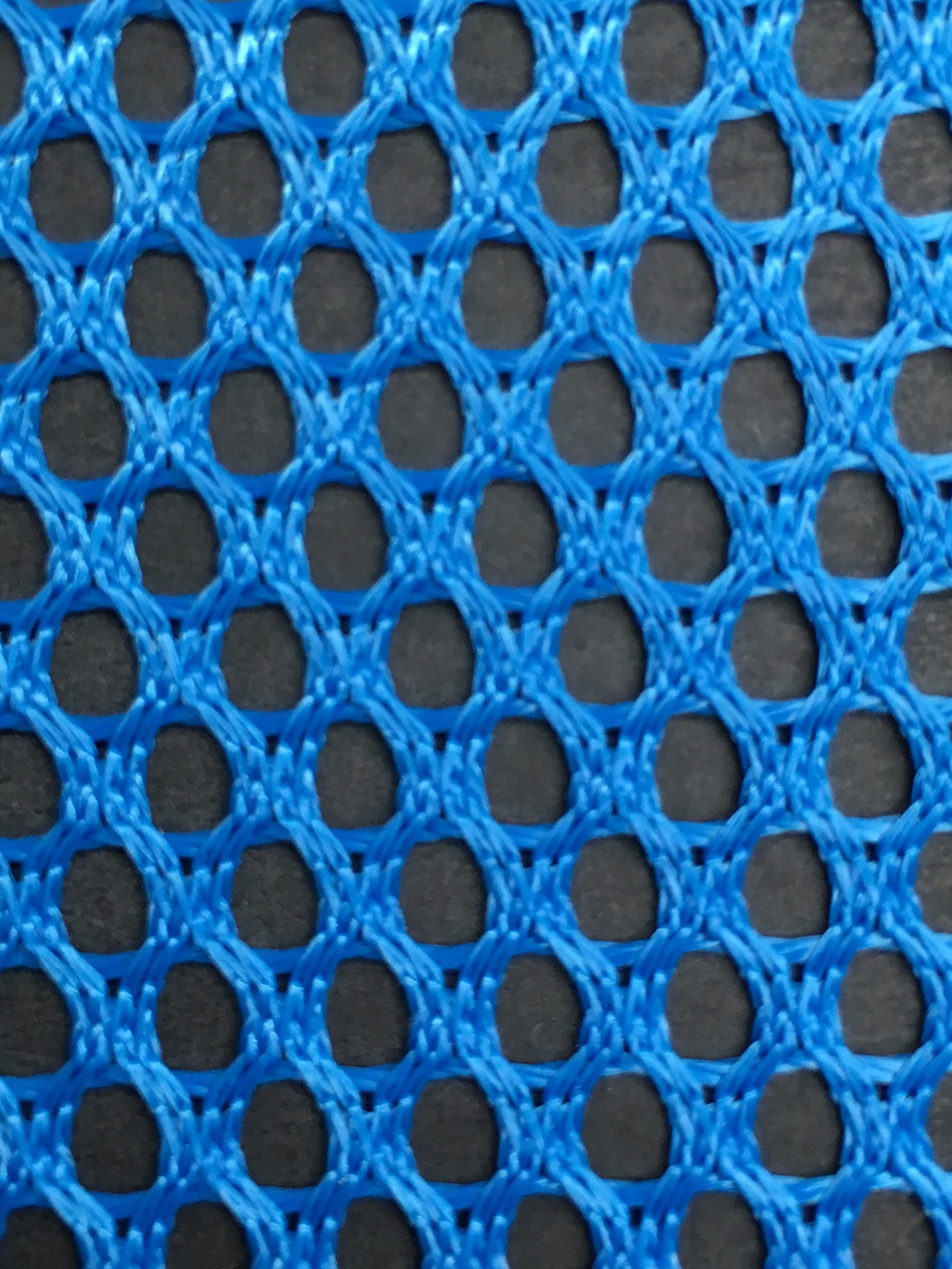
- Slings/patient lift systems
- Mesh curtains
- IV bag support mesh
- Orthopedic braces
Jason Mills also has proprietary water repellent finishes available for medical equipment that will come in contact with exposed patient skin.
Filtration and Substrates
These fabrics are often useful in laminating and coating processes. Jason Mills offers fabrics specifically designed for this purpose ranging from 1.5 – 15 ounces per square yard. In a similar vein, we offer a full range of screen filters.
Industrial
The term “industrial” covers mesh fabric products used in applications ranging from transportation to cleaning. Examples include:
- Mops and squeegees
- Tarps
- Bags
- Conduit sleeves
- Industrial filtration
Quality Mesh Fabrics from Jason Mills
Jason Mills has been providing industrial strength knitted mesh fabrics for more than 40 years. We support industries ranging from manufacturing to sporting goods and everything in between. If one of our stock fabrics doesn’t work for you, we’ll gladly research and design a mesh specifically for your application.
For more information on our mesh fabrics or our capabilities, please contact us.

